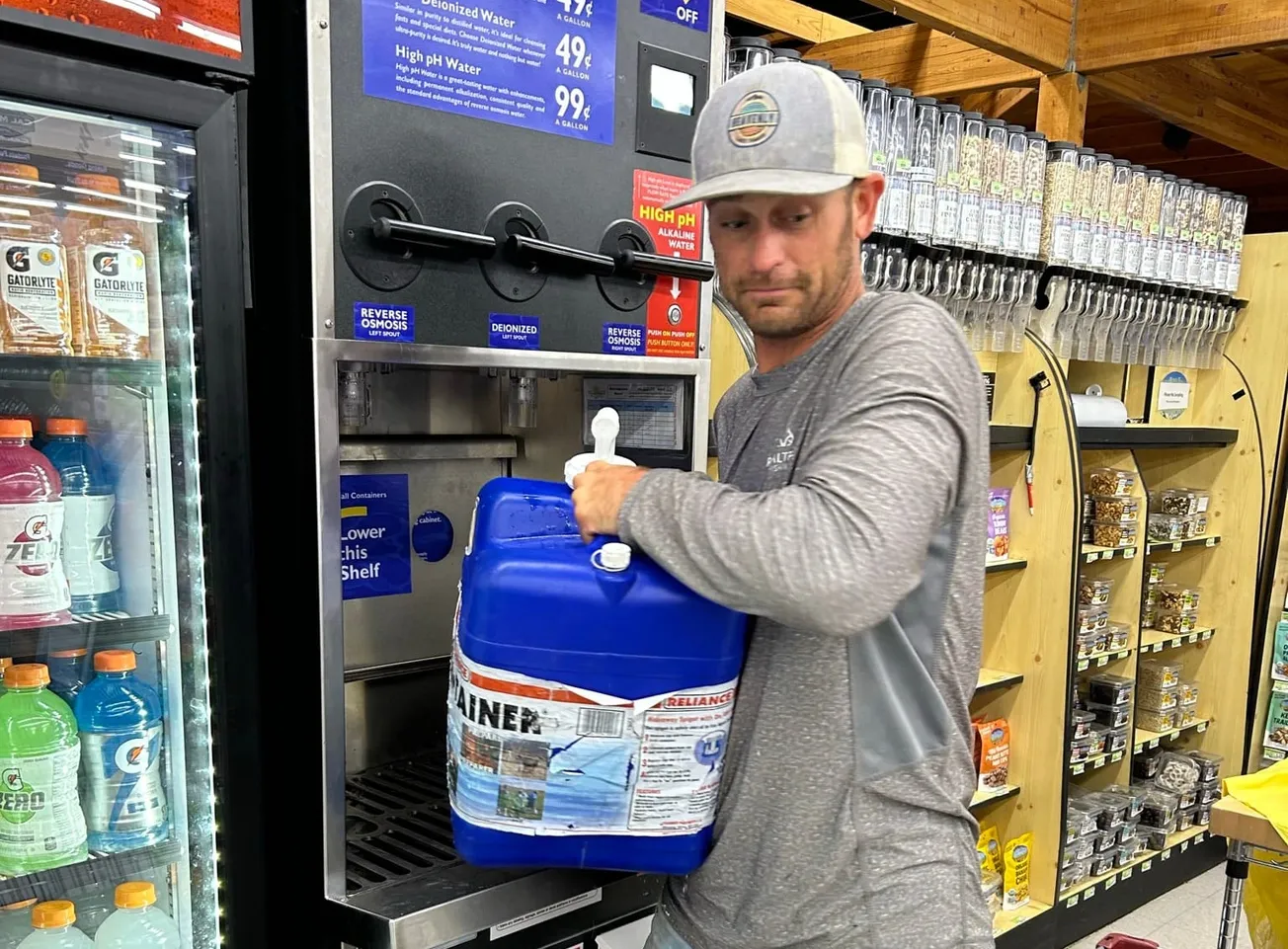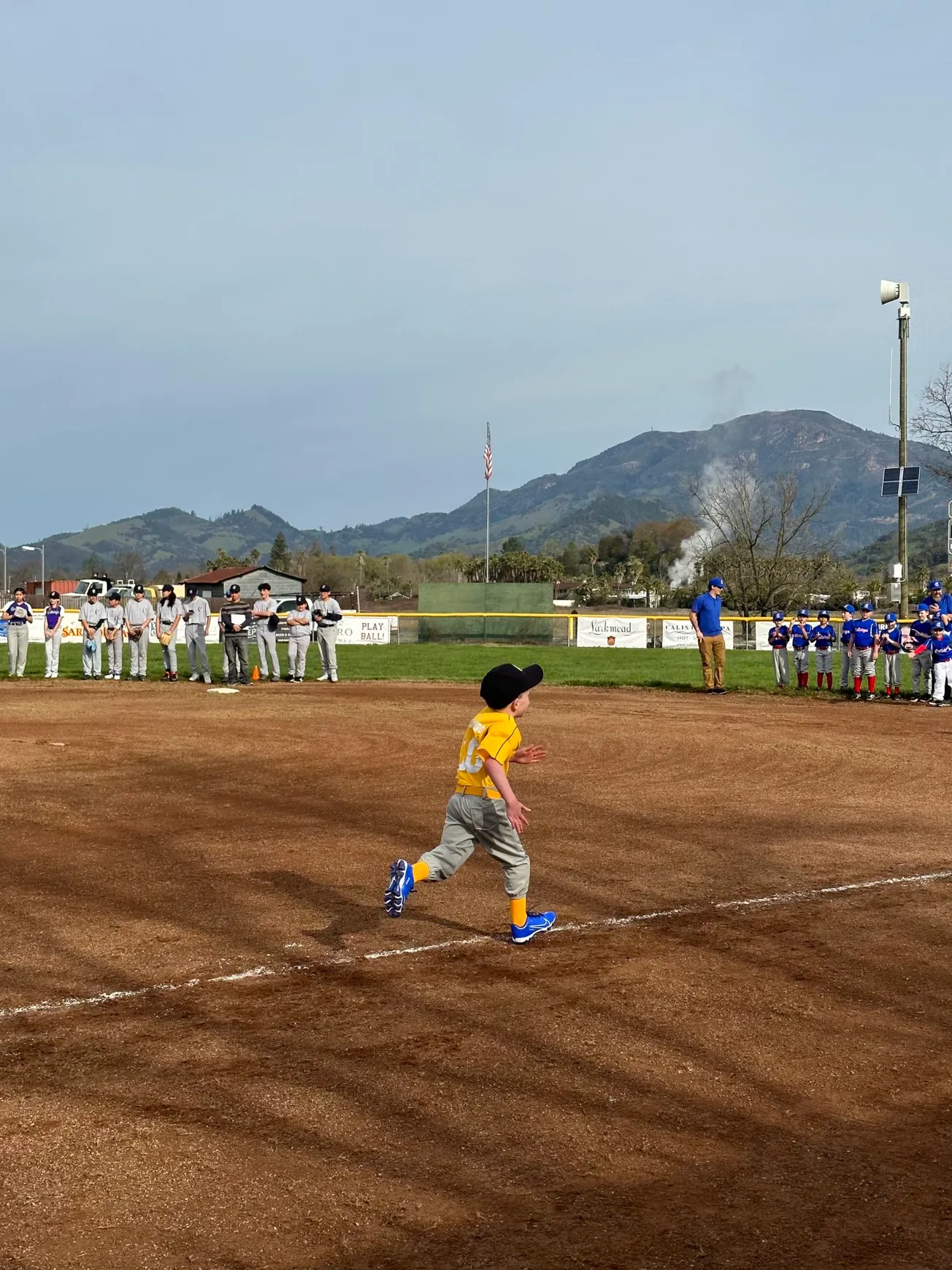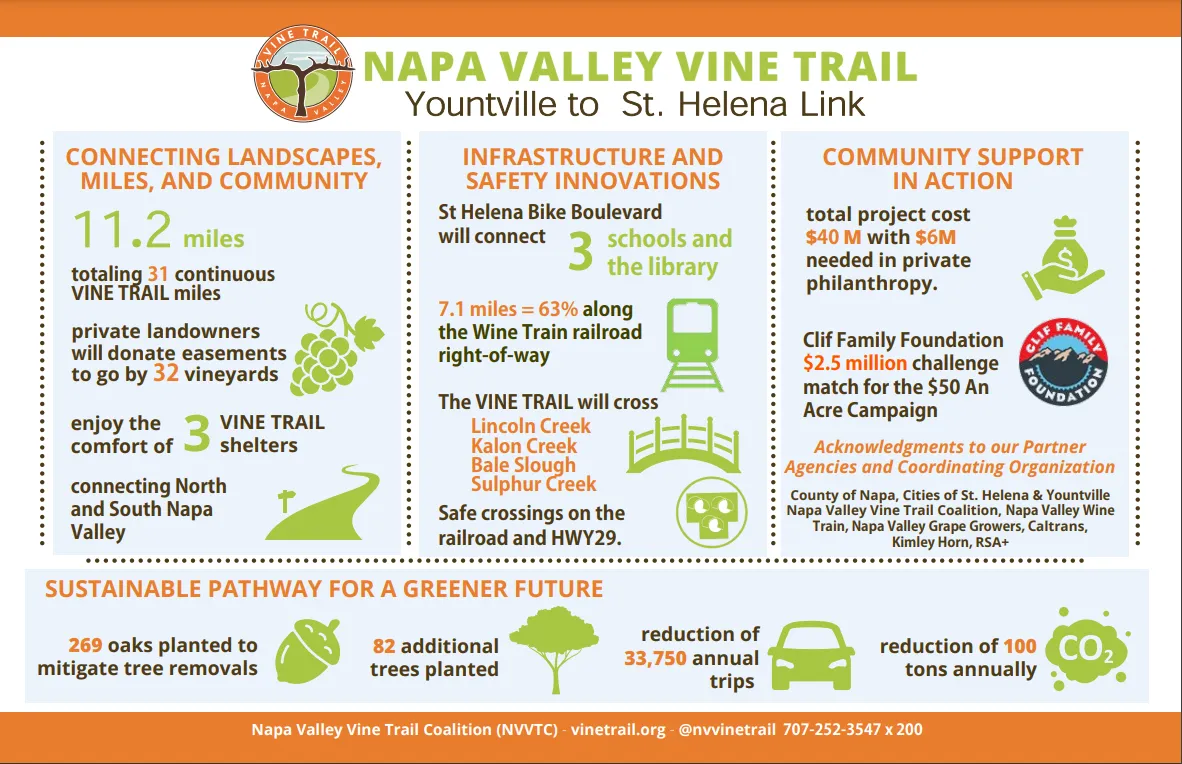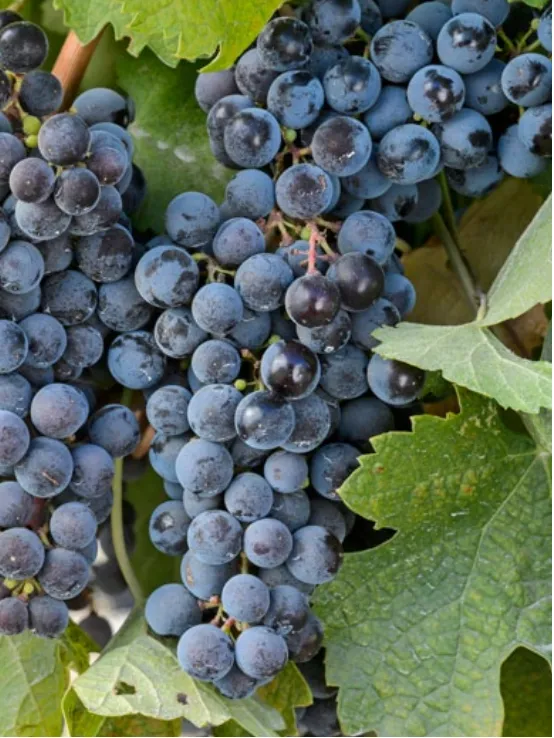Reason for complaint uptick a mystery to city water officials
CALISTOGA – In the last month, Calistoga officials have received more complaints about the quality of the city’s drinking water than they normally get in a year.
Jeremy Rosenthal, who manages Calistoga’s water treatment plant, said that regular testing confirms the water is safe to drink, despite concerns from residents about the color, odor and taste of the water flowing from their faucets.
The complaints have confounded city officials.
Odor and taste issues, Rosenthal said, often arise when reservoir water levels are low and higher levels of disinfection chemicals are needed to remove algae and other organic matter.
“It’s been very puzzling this year because the reservoir is full with all the rain we got,” he said.
In an average year, Rosenthal estimated the city receives five to 10 complaints. He said he has responded to that many complaints in the past month alone.
Calistoga isn’t the only Napa County municipality that has recently experienced water issues.
Last month, Yountville officials issued a citywide alert after a routine water test returned positive for E. coli, prompting a 72-hour water-boiling mandate. And last week, St. Helena residents’ complaints of cloudy, discolored water triggered an investigation by their local government to determine the cause of the murkiness.
But dissatisfaction with city water isn’t new in Calistoga. It’s so commonplace that many households have sought alternative water sources for years, some for generations.
A convenient option for locals is the filtered water dispenser at Cal Mart. The store offers city water that has been filtered through a system that removes many contaminates.
According to Bill Shaw, owner of Cal Mart, sales of the filtered water between February and August are up more than nine percent from sales during the same period last year.
Part-time Calistoga resident Branden Oliver said he keeps 40 gallons of store-bought filtered water at his home, which he said lasts him a month.
When Bryson Sicard lived in Ukiah he filtered his water through a Brita system. Since moving to Calistoga four years ago, he stops by Cal Mart a few times a week to fill up jugs for his family. Sicard said the problem is that the city water stinks.
“Especially if it sits in the line too long, it really smells like chlorine,” he said. “I know we have to add chlorine, but sometimes I think they add too much just to stave off whatever.
“We have so many aquifers and wells here and everything. I’m wondering why we don’t tap into that. Why are we getting it piped in?” Sicared asked.
Calistoga, which was made famous by the now-defunct Calistoga Mineral Water Company that was founded almost a century ago, still draws visitors from all over the world to its natural volcanic hot-water springs, touted for their healing properties.
Among the more popular natural sources of cold water is Mount Saint Helena’s Rattlesnake Spring, on a shoulder of Highway 29 between Calistoga and Middletown. Often on weekends, a line of people forms at a long-existing hose on the side of the winding road, from which a slow and constant stream of cold spring water emerges.
Despite possible health risks associated with drinking untreated water from natural sources, residents from nearby counties and people just driving through can regularly be seen filling water vessels.
Calistoga native Dean Enderlin, a state-registered professional geologist who monitors and evaluates water quality, remembers drinking water fresh from local natural springs as a teenager.
“It’s good water. I haven’t had any problems with it,” he said.
Enderlin said the main concern with drinking untreated water is the risk of coliforms and other bacteria.
“When you’re drinking spring water from a private source, you have to be aware it may not be as reliably tested as, say, water from the city, which is under strict regulations from the state,” he said.
Calistoga receives its water from the Kimball Reservoir north of town and from the State Water Project, which provides drinking water to 27 million Californians. In 2021, impurities in the city’s drinking water triggered a series of public notices on water quality, which are still ongoing even though corrective action has been taken.
To bring the water back into compliance with state water standards, the city has spent more than $85,000 on water plant improvements and has been awarded a $6.7 million grant to install a carbon filtration system.
Still, quality problems persist.
Last week, city workers responded to a complaint from a Calistoga resident who noticed orange-tinted water coming out of her kitchen faucet.
“We couldn’t come to a definitive reason why she had color in her water,” said Rosenthal. “We did test the water. There was plenty of chlorine in it, so it was safe to drink.”








